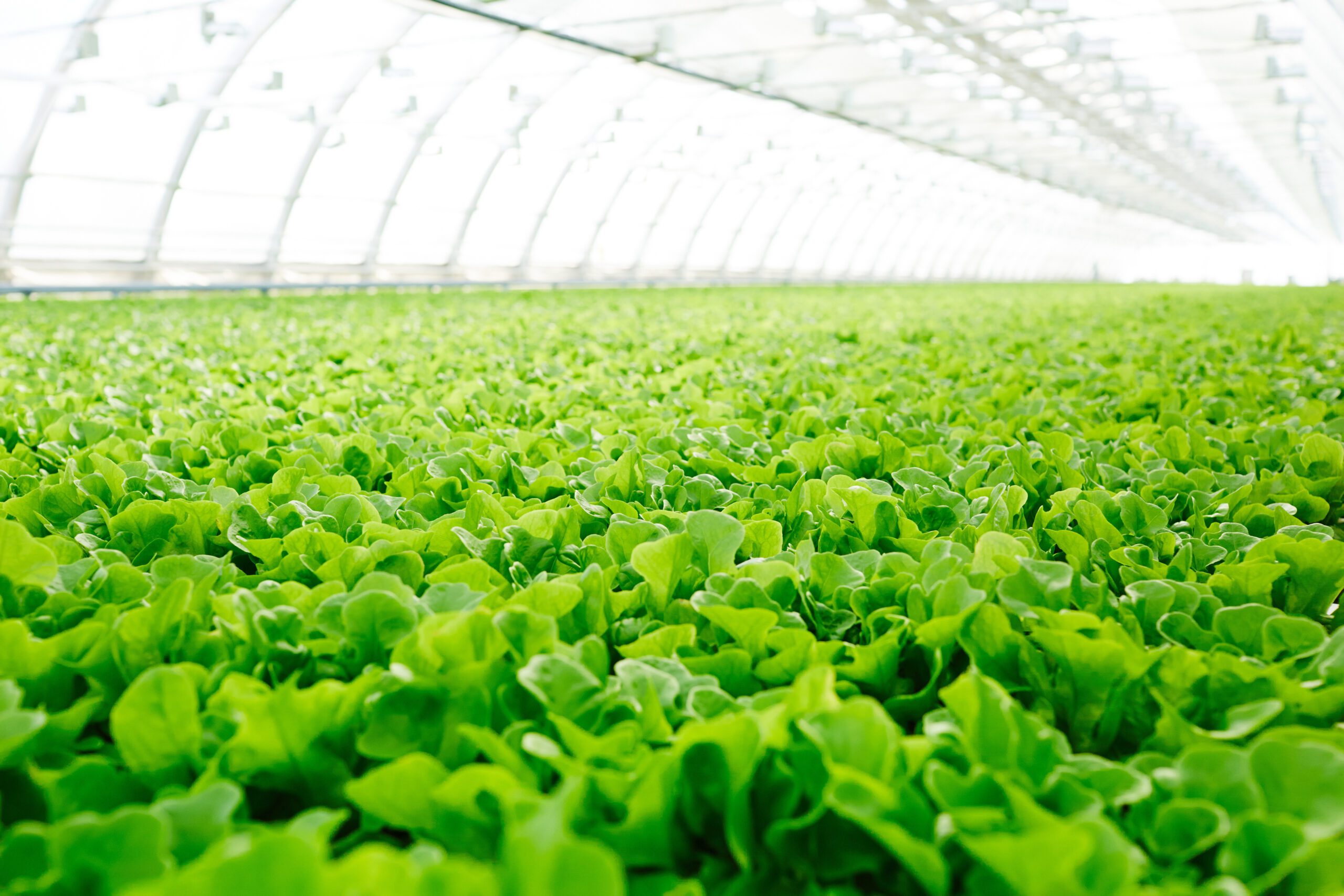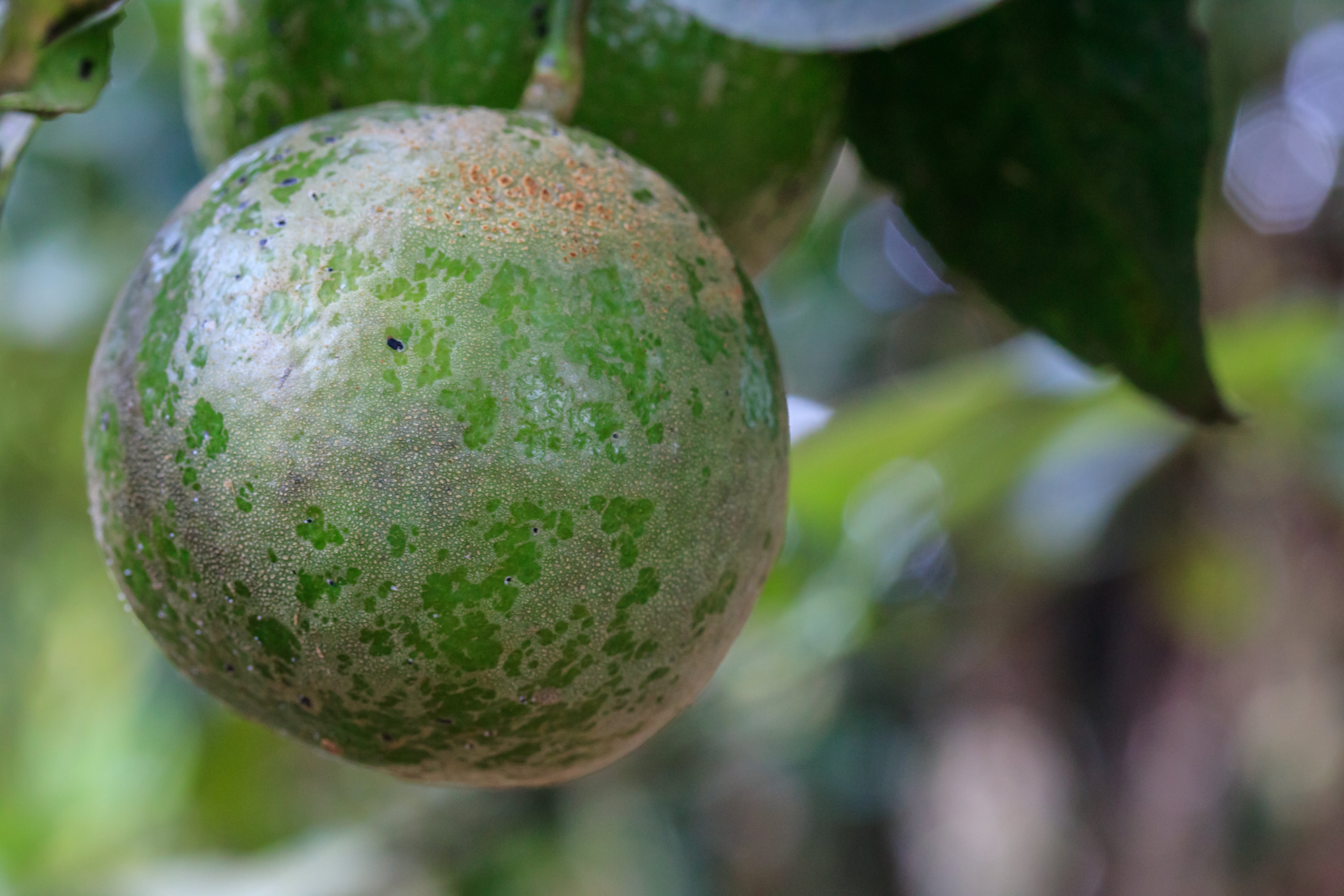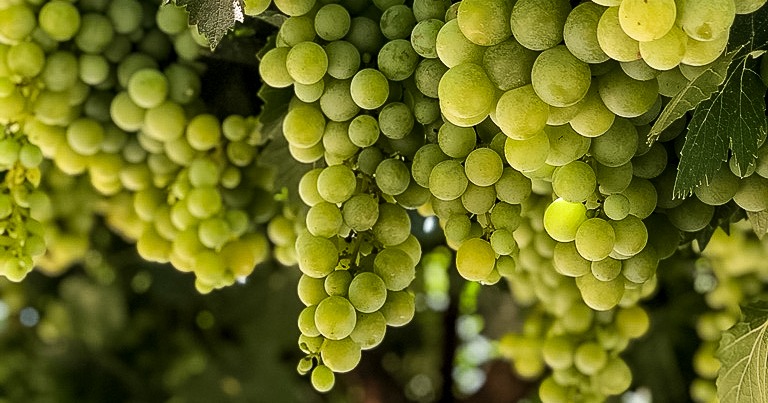PureCrop1: The Ultimate Organic Solution for Hydroponic & Home Growers
Are you struggling with pests, mold, or mildew in your grow? PureCrop1 offers an innovative, all-in-one organic solution that eliminates. Exclusively...
Nanotechnology is the unsung hero of many scientific and technological advancements, including agriculture. Today, let's delve deep into one nanoscale marvel that promises significant advantages in the farming sector: colloidal micelles. Understanding these tiny powerhouses may revolutionize how we deliver nutrients and other essential elements to plants, enhancing both yield and quality.
A micelle is a nanoscopic structure comprised of self-assembling phospholipids. Think of it as a specialized molecule formulated from fatty acids that are sustainably sourced from corn and soybean oil. The micelle has a dual personality: its fatty acid tail is hydrophobic (water-repellent), whereas its phosphate head is hydrophilic (water-attracting). This unique structure allows micelles to maintain a stable presence in both oily and aqueous environments.
When we talk about small sizes in nanotechnology, we're usually referring to dimensions that are mind-bogglingly tiny. The colloidal micelle is no exception. It generally has a diameter between 1 and 4 nanometers—that's one-billionth of a meter!
For perspective, imagine the tip of a standard ballpoint pen. An incredible one billion micelles can fit there. In comparison to commonly used solutions like 440 Oil, the micelles found in PureCrop NanoTech are approximately 23% smaller. This diminutive size offers potential advantages in terms of penetration and delivery of nutrients and other substances.
The true beauty of micelles lies in their ability to encapsulate and transport various kinds of molecules. Whether it's polar or non-polar substances—such as essential nutrients, pesticides, or other bioactive compounds—micelles offer a versatile and stable transport mechanism.
What's even more fascinating is how these encapsulated particles are efficiently absorbed by plants. Due to the nano-scale dimensions of micelles, they can directly enter a plant's system without obstructing the stomata, the tiny pores on the surface of leaves. This leads to a more efficient delivery system, making the most of the nutrients or other substances encapsulated within.
As the agriculture sector faces an increasing number of challenges, including the urgent need for sustainability and higher efficiency, colloidal micelles offer a promising avenue for innovation. Their unique structure, incredibly small size, and excellent encapsulation capabilities make them a compelling choice for delivering nutrients and other materials in a highly efficient manner.
Advancements in nanotechnology like colloidal micelles are not just incremental; they represent a paradigm shift in how we think about agricultural science. So, the next time you hear the term "nanotechnology," think of these tiny, but mighty, micelles and the enormous potential they hold for our future.

Sign Up for our Newsletter
Check out our content from the field updated weekly.

Are you struggling with pests, mold, or mildew in your grow? PureCrop1 offers an innovative, all-in-one organic solution that eliminates. Exclusively...

Commercial citrus growers know the high stakes of crop management and the economic impact of pests, especially Citrus Thrips (Scirtothrips citri)....

If you were faced with uprooting your struggling vineyard or trying to save it... What would you do?
Don't miss new updates! Subscribe to the West Coast Ag Products newsletter!
West Coast Ag Products © 2024 All Rights Reserved. | Privacy Policy